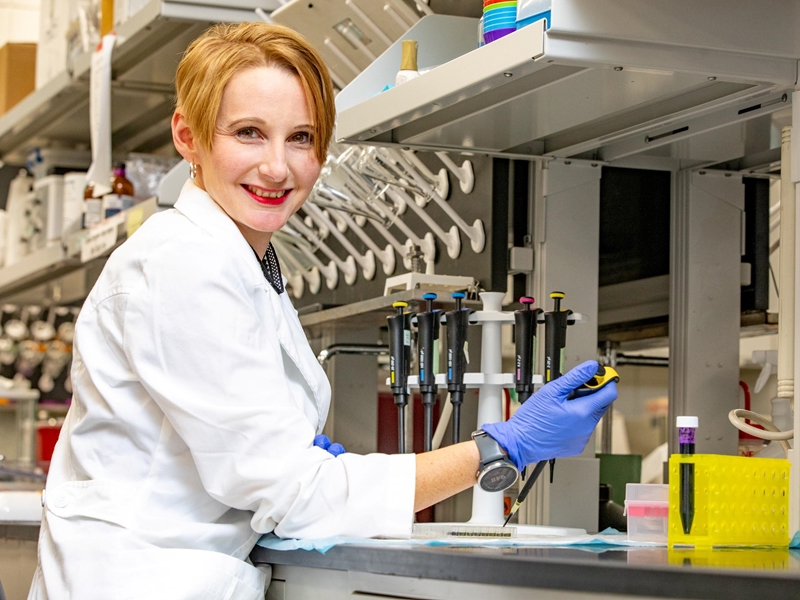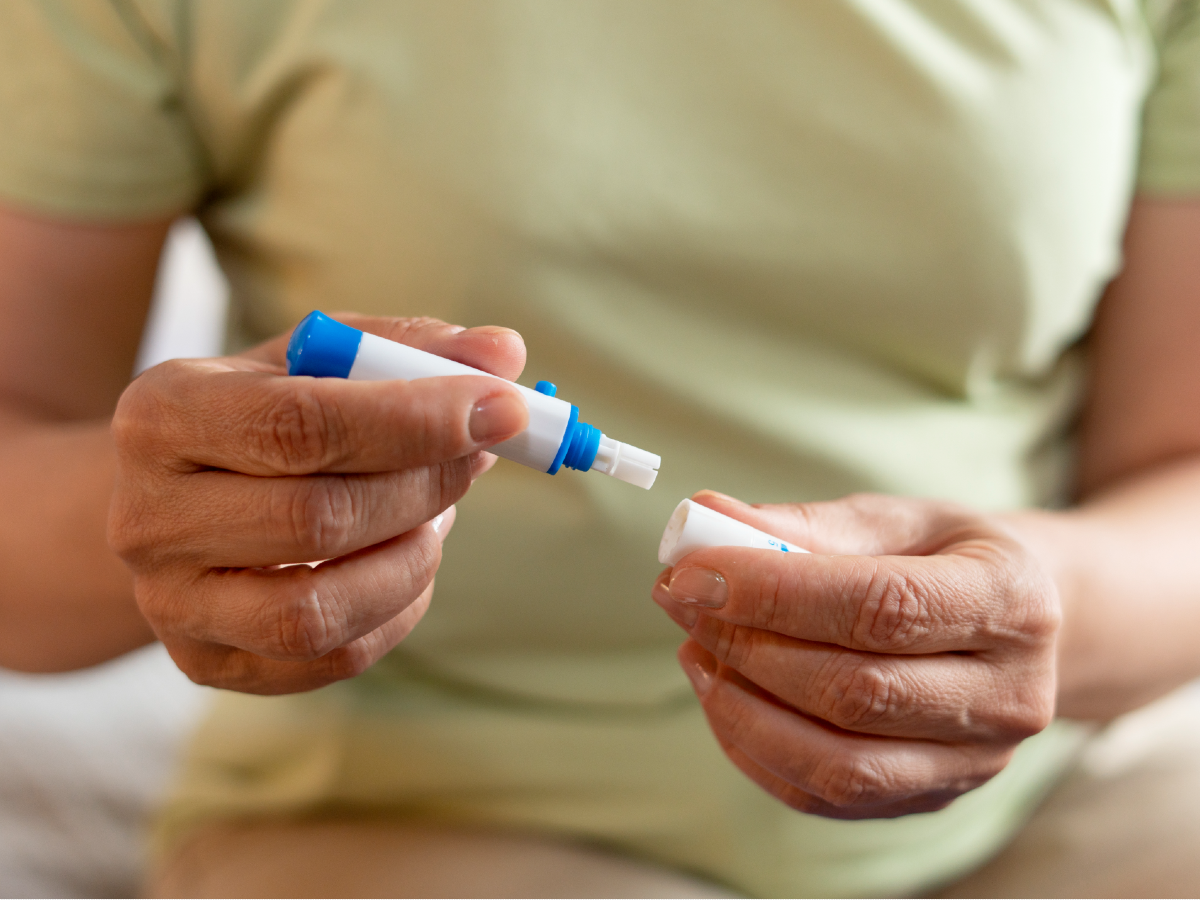BERLIN, Jan. 9 (Xinhua) — A powerful winter outbreak is sweeping across Europe, battering more than a dozen countries with heavy snow, freezing rain, and gale-force winds, resulting in fatalities, flight cancellations, and widespread power outages.
HEAVY SNOW, FREEZING COLD
The British Met Office on Thursday upgraded its wind warnings for Cornwall and the Isles of Scilly to the rare red alert, as Storm Goretti evolves into a “weather bomb.” The storm could be “stronger than other storms in recent memory,” the Met Office said, describing it as a “multi-hazard” event posing “danger to life.”
A cold snap is gripping parts of Denmark and Norway this weekend, with hard frost forecast in northern Denmark and heightened avalanche danger across large areas of Norway. In Denmark, the overnight low in Aalborg is expected to drop to around minus 16 degrees Celsius, with officials noting that temperatures below minus 15 degrees Celsius have been rare in recent years. In Norway, avalanche warnings cover most of the country, including “considerable” danger in several regions of Nordland county.
In Germany, winter storm Elli swept across large parts of the country on Friday, killing at least three people and severely disrupting public services, particularly in the country’s north.
Weather expert Karsten Brandt told the German tabloid BILD that Hamburg, Schleswig-Holstein, eastern Germany and Lower Saxony could see sustained snowfall five to 10 cm, and in some places up to 15 cm within six hours, calling it “an extreme situation.” German meteorologist Jan Schenk said the country is facing record single-day snowfall, with levels not seen so far this millennium.
The Swiss federal government has extended the snow warning for large parts of Switzerland, with MeteoSwiss saying danger level 3 (considerable) will apply in several regions from Saturday morning. In Valais, the avalanche risk has been raised to level 4, the second-highest on a five-point scale. The danger zone includes the resort of Crans-Montana, the site of a New Year fire disaster that claimed 40 lives.
In Latvia, forecasters warned on Friday evening of snowfall and blizzards in Latgale and Zemgale, with similar conditions expected to spread to other regions of the country on Saturday. Some areas are forecast to experience particularly strong storms.
Amid the severe cold, two people were found in a long-unheated dwelling. One had frozen to death, while the other was already deceased, according to a report released Friday by the news agency LETA.
Croatia’s northern Zavizan region recorded 61 cm of snowfall on Thursday, while the western town of Gospic saw 51 cm. In the capital, Zagreb, 29 cm of snow accumulated at the airport’s measuring station.
In Bulgaria, snowfall covered large parts of the country, including key mountain passes. Sofia’s Pirogov University Hospital reported that more than 140 people were injured after slipping on ice within a 24-hour period. D
POWER OUTAGES SPREAD
Electricity infrastructure bore the brunt of the assault. In France, power provider Enedis said some 380,000 homes experienced blackouts due to Storm Goretti, mainly northwestern Normandy region.
By Friday afternoon, about 52,031 properties were without power in the United Kingdom, mostly in southwest England. Fallen trees, heavy snow and stranded vehicles were slowing access for repair crews, Sky News reported, citing Britain’s National Grid.
In Bosnia and Herzegovina, thousands of households across the country remain without electricity due to the heavy snowfall despite the alerts. In northern Bosnia’s Tuzla Canton, residents staged peaceful protests this week, saying that power outages occur during nearly every storm and have persisted for about a decade.
Freezing rain, snow and ice disrupted traffic and power supplies in parts of Serbia over the past week, prompting the national hydrometeorological service to issue repeated warnings about dangerous road conditions and the risk of outages. A state of emergency was declared on Tuesday in the municipality of Majdanpek after severe weather caused a loss of electricity, heating and mobile services for more than 36 hours.
TRAVEL, SCHOOL DISRUPTED
The severe weather is also crippling Europe’s transport systems. In Britain, at least 69 flights to or from Heathrow on Friday were canceled, affecting more than 9,000 passengers. National Highways on Thursday has issued its own amber severe weather alert for snow in the West and East Midlands regions of England, warning of “particularly difficult driving conditions” in Birmingham, Leicester and Nottingham.
The Dutch government has urged residents in northern provinces to work from home on Friday, deploying 577 gritting trucks, 630 snow plows, three emergency response vehicles, and 1,500 people to clear the roads in the north. Dutch airline KLM said due to the weather conditions, around 300,000 travelers had been unable to continue their journeys as planned since Jan. 2.
In Austria, persistent snowfall caused transport disruption in the capital city of Vienna, with noticeable public transport delays and road closures due to black ice. In west Austria, numerous trucks got stuck on the A13 motorway.
Italian firefighters said they carried out 1,150 operations over the past four days in the Emilia-Romagna and Marche regions alone as severe weather battered the country. Civil protection authorities issued orange and yellow alerts for strong winds and heavy seas in Tuscany and central regions, with gusts of 80-100 km/h disrupting ferries, closing some mountain passes and raising the risk of “gelicidio” (freezing rain) on roads.
Romania’s National Meteorological Administration issued multiple yellow weather alerts for strong winds, blizzards and severe cold valid until Monday morning across large parts of the country. The Education Ministry said 31 schools in nine counties either suspended classes or switched to online teaching.
As heavy snowfall continues on Friday in Lithuania and some other European countries, Lithuanian Airports told the Baltic News Service that unfavorable weather conditions may disrupt flight chains. The National Crisis Management Center said on Friday that traffic remained difficult due to ongoing snowfall and accumulated snow cover, urging residents to avoid non-essential travel.
Freezing rain, snowfall and sharply colder temperatures caused widespread disruption across Hungary on Friday. Hungarian State Railways reported delays and operational problems and Budapest Airport warned of possible disruption. Some schools shortened hours or shifted online, and Budapest Mayor said over 500 workers and around 100 vehicles were deployed to clear and grit roads.
Amid the chaos, Hungary’s Nyiregyhaza Animal Park (North-east) said that its polar bears were seen playing in fresh snow for the first time in their lives, as the winter storm blanketed much of the country. ■







